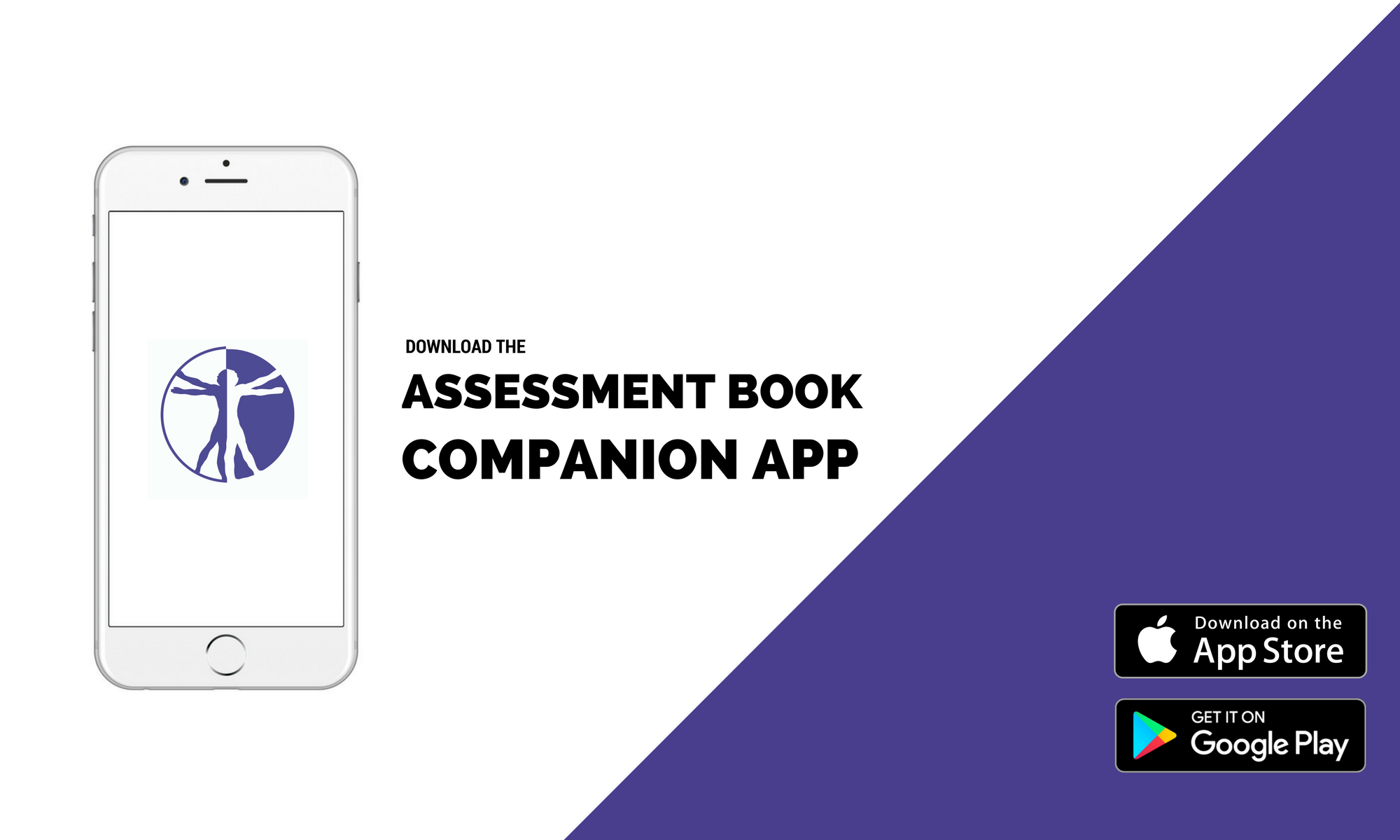Motor Assessment:
- The examiner inspects the patient’s face for facial palsy indicated by facial asymmetries (e.g. flattening of the nasolabial groove)
- The examiner asks the patient to look up and to raise the eyebrows and examines for wrinkling of the forehead
- The patient is asked to close the eyes tightly and to resist the examiner trying to force them open
- The patient is asked to show their teeth, smile, or puff the cheeks while the examiner palpates them for even muscle tone
Reflex Assessment:
-
- For the corneal reflex please refer to cranial nerve III assessment
- The examiner evaluates the glabellar reflex by asking the patient to keep the eyes wide open
- The examiner then applies a series of taps on the patient’s forehead with their finger
Positive Outcome: Facial nerve palsy can show as an upper or lower motor neuron lesion. In upper motor neuron lesion, the muscles of the forehead are spared. The lower motor neuron lesion pattern of facial palsy will show paresis/paralysis of all ipsilateral facial muscles including the forehead.
An abnormal glabellar reflex would result in repeated blinking upon tapping of the forehead
|
Study |
Reliability | Sn | Sp | LR+ | LR- |
| Damadoran et al. (2014) | NA | NA | NA | NA | NA |
![]()
